Lined up neatly, over 50 ancient explosive weapons were recently excavated at the Badaling Great Wall in Beijing.
A total of 59 stone bombs were discovered by archaeologists along the western section of the Badaling Great Wall in Beijing’s Yanqing district. Ma Lüwei, an archaeologist specializing in ancient Chinese military history, told the Global Times that the stone bombs were major weapons used to “defend against enemy invasion” along the Great Wall during the Ming Dynasty (1368-1644).
“The bomb was often installed in medium-sized hollow bits of stone. Those weapons were easy to make and were also very handy for soldiers to throw them down at invaders while standing on the Great Wall,” Ma told the Global Times.
Shang Heng, an associate research fellow at the Beijing Institute of Archaeology, said the stone bombs possessed “big explosive power” and were once the preference of Qi Jiguang, a Ming Dynasty military general who made major contributions to China’s military system and strategy as well as the innovation of military weapons.
Those 59 stone bombs were found inscribed with orders at one of the Great Wall’s station houses that were once used for standing guards watching out for the enemy. The space was later identified by archaeologists as a warehouse for storing weapons.
Prior to the new discovery, no similar “warehouses” had been found along the Beijing sections of the Great Wall.
Besides the weapon warehouse, other ancient buildings along the Great Wall, such as a “horse face” wall, an ancient wall used on the Great Wall that allowed soldiers to climb up and shoot arrows, were also discovered during the latest archaeological project.
A stone fort that was once used to support cannons was also discovered along the Beijing Great Wall for the first time.
Archaeologist Wang Meng told the Global Times that these relics shed light on the functions and design planning of the Great Wall.
The new discoveries at the Badaling Great Wall reflect China’s continuous research and conservation efforts concerning the Great Wall. Taking Beijing for example, between 2000 to 2022 more than 110 project were carried out to preserve the Beijing section of the Great Wall, which is known for having the most complex buildings and geological conditions compared to other Great Wall sections such as those in the provinces of Hebei, Gansu and Shaanxi.
Twenty-two years of conservation efforts have achieved a great deal. In 2021, a project aimed at rescuing the Liugou section of the Great Wall in the Yanqing district helped identify exactly how the Ming Dynasty Great Wall was constructed. A year later, ancient everyday objects such as plates, scissors and bowls were discovered along the Jiankou section of the Great Wall, providing insight into the daily life of soldiers stationed along the wall.
“The Great Wall holds value not only for its remarkable architecture, but also the cultural and historical connections to ancient Chinese people’s lives, their unity as well as their spirit,” historian Fang Gang told the Global Times.
Among all the projects, the Great Wall National Cultural Park, scheduled for completion in 2035, is China’s blueprint for integrating Great Wall resources nationwide into one landscape. The strategy aims to preserve the legacy of the Great Wall, while also extending its reach into fields such as cultural tourism.
A total of 37 provincial-level planning projects have been carried out so far in 2023. A total of 16 have been completed, including one to promote the establishment of Great Wall museums in Qinhuangdao, Hebei Province.
















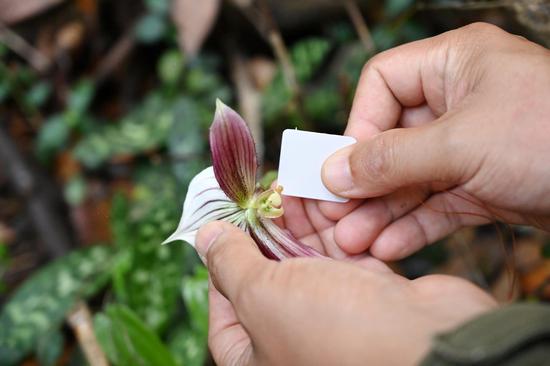

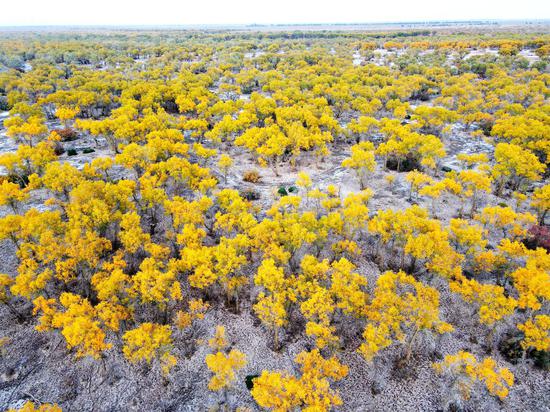




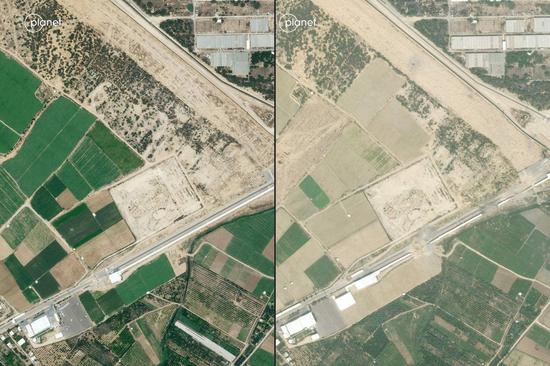




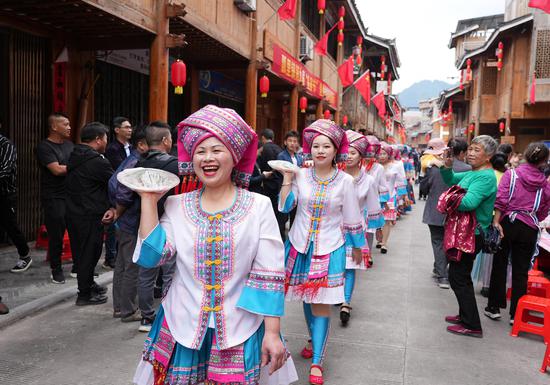
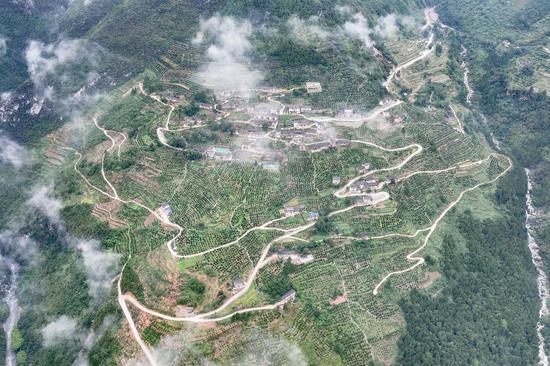
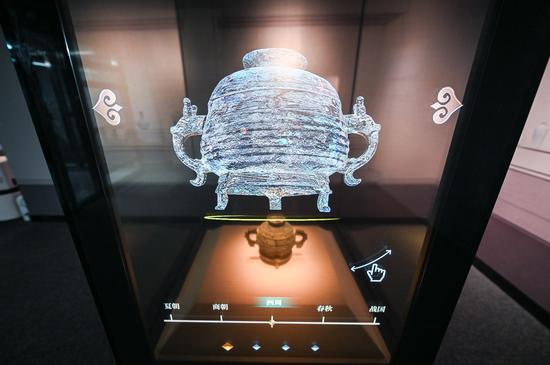






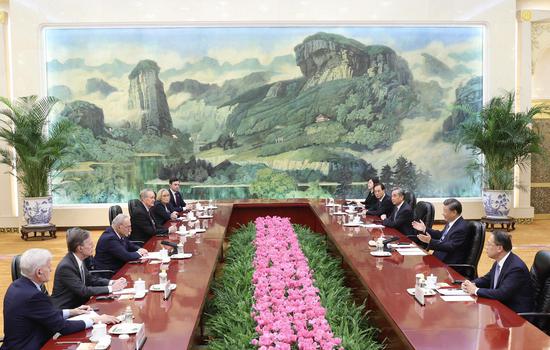


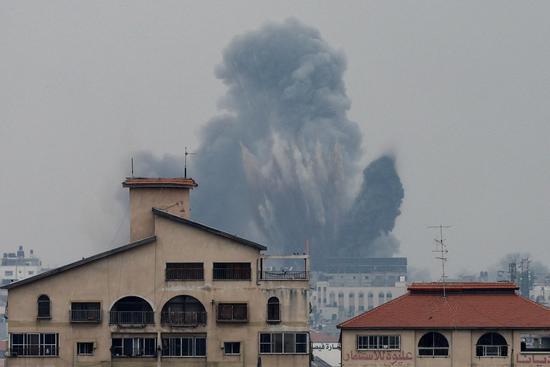









 京公网安备 11010202009201号
京公网安备 11010202009201号